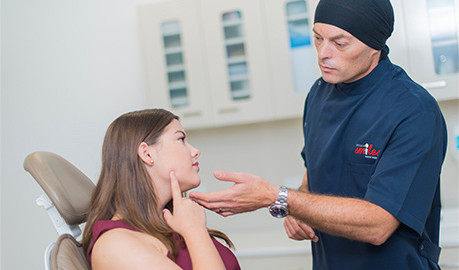Having your wisdom teeth removed can range anywhere from a positive to a traumatic experience depending on how difficult the surgery was. There can be complications for those who waited too long to get a wisdom tooth removed, and these often carry over into the recovery process.
To reduce the amount of discomfort you experience during the recovery phase, here are some simple tips that you can follow at home.
Immediately Following Surgery:
- Bite firmly on the gauze packs provided – this could range anywhere from 30 minutes to an hour or two. You may need to change the gauze during this time. The trick is to bite gently – but firm enough to apply pressure on the surgical site to stop any active bleeding.
Slight pools of blood mixed with saliva may be seen upto a day after surgery. You might see stains on your pillow the next morning, and this is normal. If you notice alot of bleeding – call up your dentist immediately.
- Avoid rinsing your mouth vigorously or manipulating the site – if you look at the site where the tooth was removed you may see a blood clot and this is normal. The clot helps the wound to heal, so you need to try and maintain this clot in place for as long as you can the first day.
Vigourously spitting, rinsing, sipping with straws or touching the clot will remove it, causing bleeding and other complications later. Be gentle and mindful of your blood clots to ensure proper healing.
- Take your medications on time – Do not wait until the pain comes back to take your prescribed medication. They take a couple of hours to work so delaying them will leave you in a lot of pain and with additional swelling. Some of these medications serve a dual purpose to reduce pain and swelling and it is important to manage both conditions.
- Placing an ice pack over the site – gently press an ice pack on your face for 2-3 minutes each time over the area where the surgery was performed. The cold may alleviate some of your pain and swelling.
- Rest, hydration and a soft diet- There may be stitches at the site, which can sometimes make talking and chewing difficult. Limit your activities for the first two days, drink lots of water (cold water is preferable on the first day to minimize bleeding episodes) and eat a soft diet like porridge or soups.
Following these tips early in your recovery phase may save you alot of discomfort, speed up your recovery and reduce the chance of getting the site infected.

